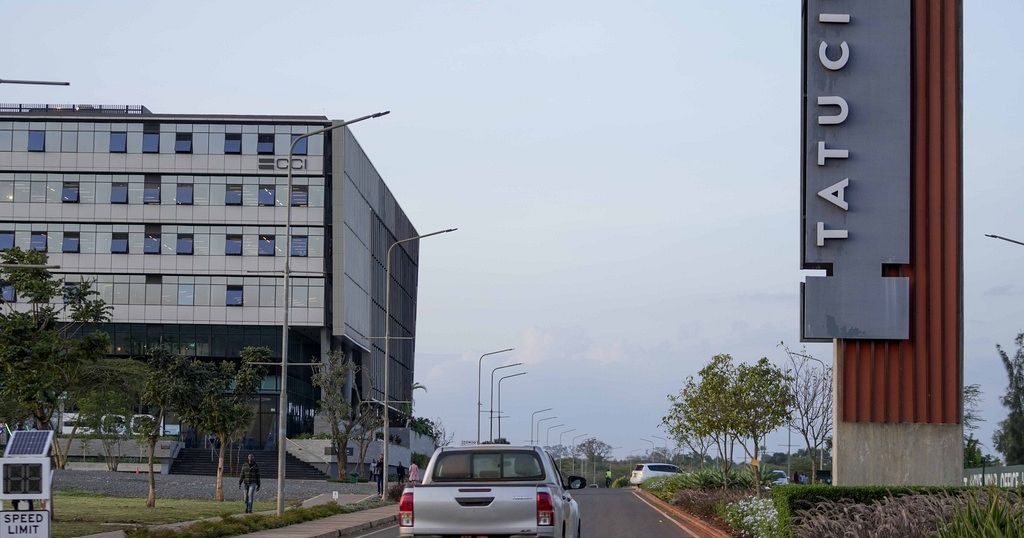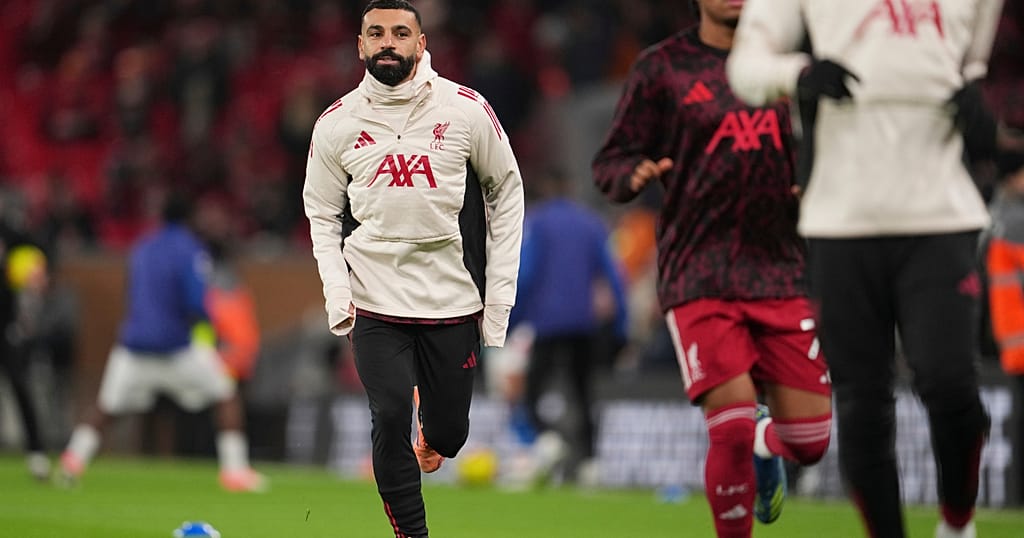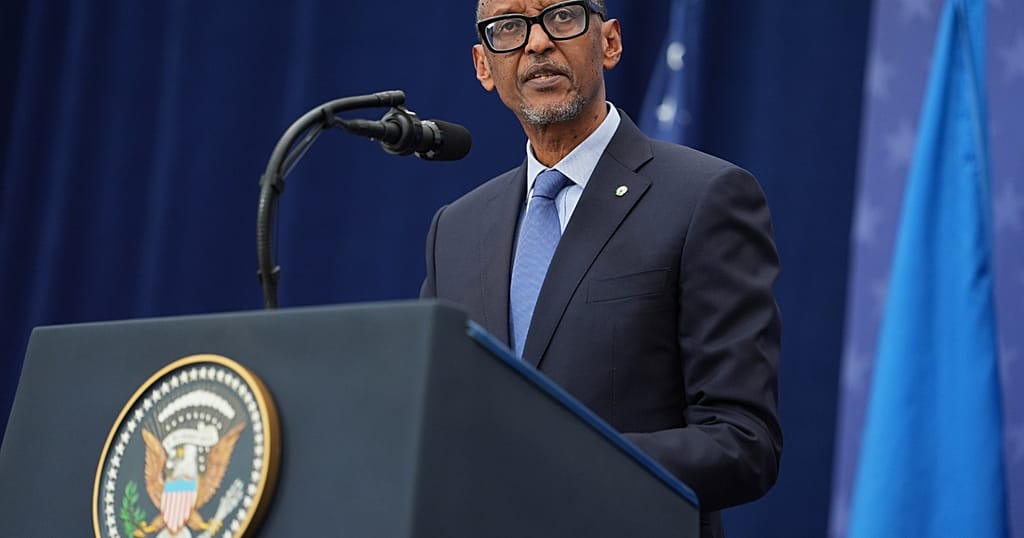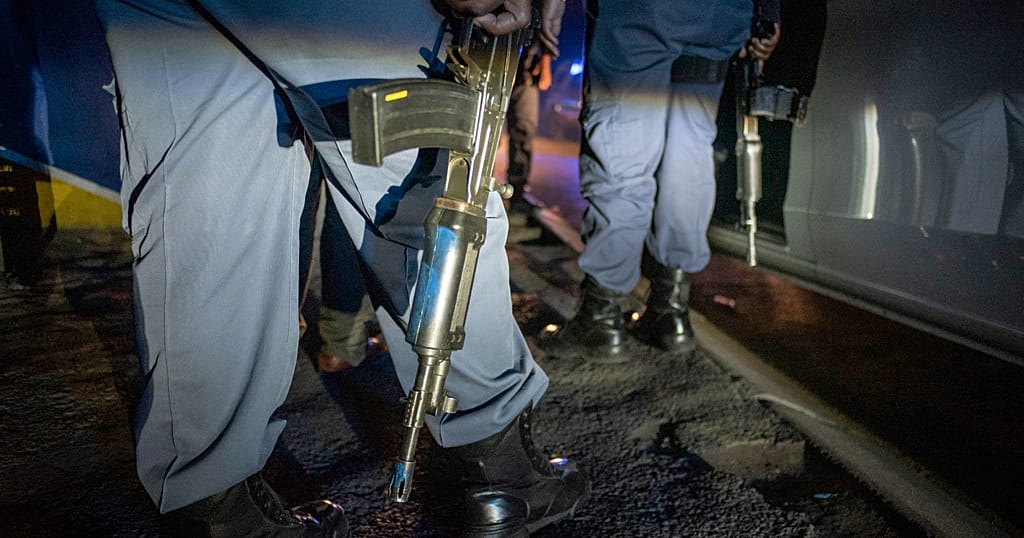Tatu City: Kenya’s model for African urbanization

Turning into Tatu City, on the outskirts of Nairobi, Kenya’s capital, feels like stepping into another world.
Even the country’s most reckless drivers seem to change. They slow down, stop littering, and obey traffic rules — thanks to pervasive surveillance cameras and strict penalties for speeding and waste disposal.
For the 5,000 people who have already moved into Tatu, a “start-up city” that welcomed its first residents four years ago, the unwavering enforcement of these rules is part of the city’s appeal.
Digital content creator Valerie Akoko, who moved here two years ago, says, “I have never seen Tatu City dirty.”
“The rules require the estate to be cleaned regularly. In my two years here, there has never been an accident, no cases where a resident or guest ran over a child or anyone else. Because there are rules.”
Spanning 5,000 acres, Tatu City aims to live up to its name: a privately owned city designed to eventually house 250,000 residents.
Already, it’s home to 88 businesses employing 15,000 people, including CCI Global, which operates a 5,000-seat call centre, and Zhende Medical, a Chinese medical supply manufacturer.
“If you look at the infrastructure, the utilities, the security controls — it’s one of the best,” says Sylvester Njuguna, who lives in Tatu and owns a restaurant there.
The Burns Brothers Inc., an entertainment company, is currently constructing a venue in Tatu City.
“We believe that this location will become a second Nairobi. We’re ahead of the curve here,” says Will Dos Santos, Head of Operations at The Burns Brothers Inc. “We know that economic development will spread around us, so from a business perspective, it makes perfect sense for us to be here.”
Tatu is not alone in its ambitions. Similar new-city projects are popping up worldwide, but in sub-Saharan Africa, proponents of these ventures hope they can address the continent’s unique urbanization challenge. While urban growth has historically driven poverty reduction elsewhere, Africa has largely been an exception.
Typically, urbanization leads to higher productivity, rising wages, growing exports, and overall national wealth. However, in Africa, urbanization has not sparked this kind of economic transformation.
Africa’s urban population is set to increase by 900 million by 2050, according to the United Nations, which is more than the combined urban populations of Europe and North America today.
But unlike other regions, sub-Saharan Africa is urbanizing while still relatively poor, compounded by weak property rights and political tensions.
Still, the idea of building new cities, equipped with modern infrastructure, is compelling. The Charter Cities Institute, a Washington-based non-profit, argues that if done correctly, such projects could spur economic growth, create jobs, and lift millions out of poverty.
Tatu City is viewed as a model for this vision.
However, building new cities is a daunting challenge. Many projects have failed. Angola’s Quilamba city, which began construction in 2002, stands out as the most successful so far, with a population of over 130,000. Built by CITIC, a state-owned Chinese company, Quilamba is now managed by the Angolan government.
Several other new city projects — from Zanzibar to Zambia — are underway, with experts estimating that a handful have a good chance of success. Of these, Tatu is the furthest along, already home to 26,400 residents, workers, and students.
Tatu City’s development may offer insights into what makes a new city thrive.
Experts agree that private sector involvement is essential in African urbanization, given the fiscal constraints of many African governments.
Rendeavour, the private company behind Tatu City, has the resources to drive the project forward. However, relying solely on the private sector can lead to problems, including increased inequality. For example, at Eko Atlantic, a new city near Lagos, the average property price is $415,000, which is beyond the reach of most Nigerians.
In contrast, a one-bedroom apartment in Tatu City costs $45,500 — still out of reach for many Kenyans, but attainable for some in the emerging middle class. Kenya’s per capita GDP was $1,961 in 2023, according to the World Bank.
The development collaborates with Kenya’s government, which has designated Tatu City as a special economic zone. This gives companies located there access to tax benefits and other incentives, making it an example of a successful public-private partnership.
Tatu City’s transparent governance structure and services — including its own water supply and energy grid — also make it appealing to both businesses and residents.
While it falls under national law, Tatu City has the authority to set its own rules on matters like traffic and housing development. All construction projects must be approved by the city’s management.
Unlike many start-up cities built far from existing urban centres, Tatu City is just 12 miles (19 kilometres) north of Nairobi, making it well-positioned to tap into the capital’s labour market.
According to Lockhart from the Africa Urban Lab, new city projects tend to succeed when they are close to major urban centres, feature strong anchor tenants like CCI Global, and provide good schools. Effective management and responsiveness to market demand are also crucial.
Tatu meets these criteria, says Preston Mendenhall, country head for Rendeavour.
“All of Rendeavour’s developments — in Kenya, Ghana, Nigeria, Zambia, and the DRC — are demand-driven. We build what the market needs. We don’t put in all the infrastructure on day one, and we don’t rely on bank loans. We are fully funded internally.”
Source: Africanews















